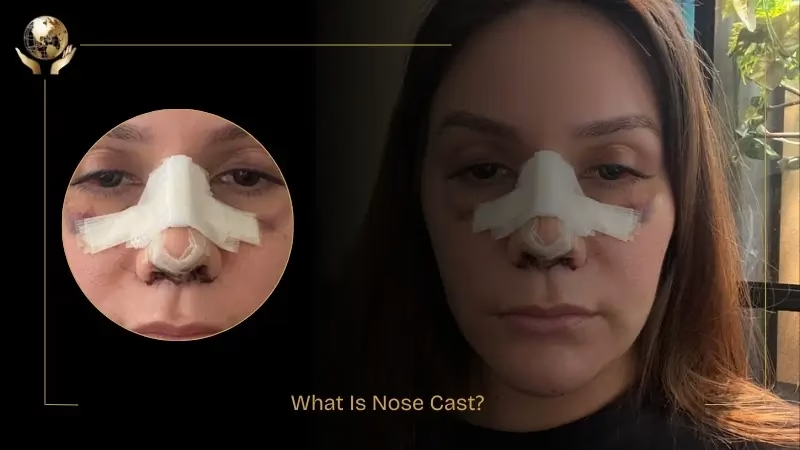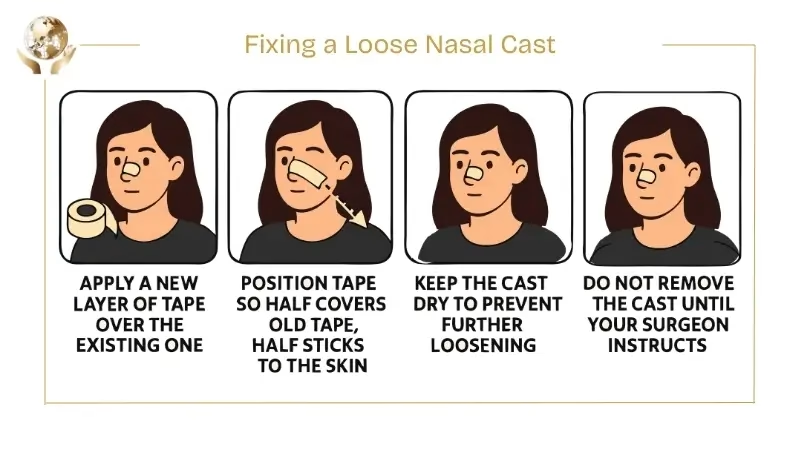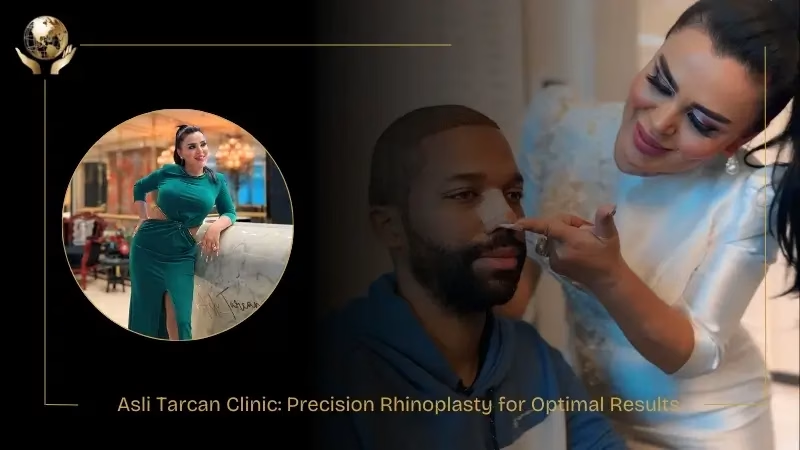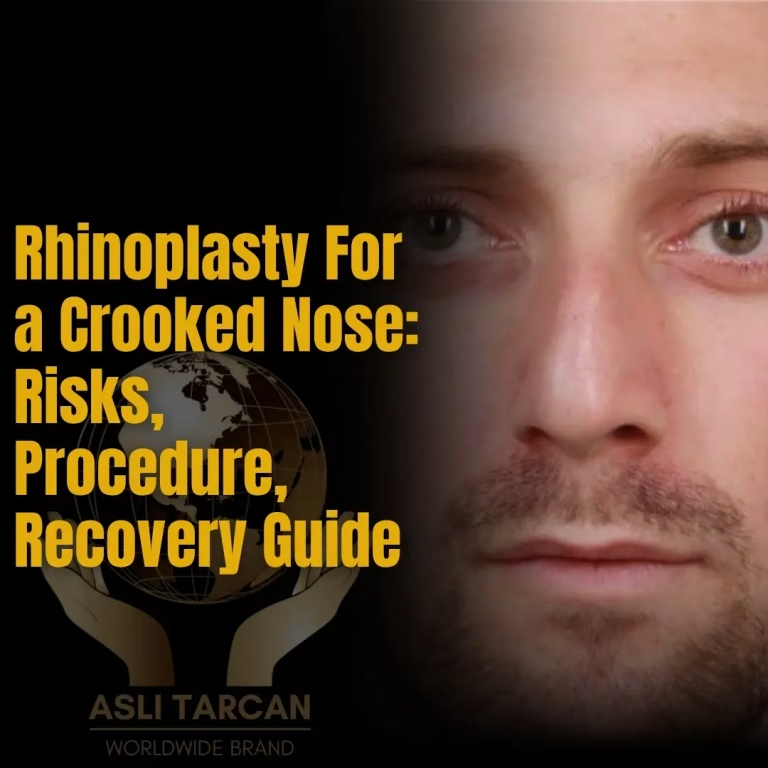Why Do You Have To Wear Cast After Rhinoplasty?
Cast after rhinoplasty is applied to your nose to support the new nasal shape, keep the adjustments in place, minimize the swelling by gentle pressure, and also protect the surgical area from accidents.
The cast, which is also known as the splint and the nose protection, is crucial for your nose to heal faster, healthier, and without any complications. It protects your nose from exposure to dirt and also from accidental pressure that could affect the final outcome and cause complications.
Let’s learn more about the splints after rhinoplasty, when they’re removed, how they’re removed and how to remove them yourself at home.

What Is Nose Cast?
Nose casts, splints, or nasal protection are the applications applied to your nose after rhinoplasty surgery. They’re created with different materials, usually from plastic or fibreglass, so that they’re lightweight and sturdy on the nose.
The surgeons apply them to your nose to support the new nasal shape, keep the cartilage and the grafts in place, reduce swelling and bruising by gentle pressure, and also prevent harm to the surgical area due to any accident or dirt.
The type of rhinoplasty and the specific nasal structures altered, whether the cartilage, bone or soft tissue, determines the timeframe and the type of cast after rhinoplasty.
Why Wearing A Cast After Rhinoplasty Is Essential?
Wearing splints after rhinoplasty is important because it supports and stabilizes your nose, protects it from accidents, and also minimizes swelling to make the nose heal faster and healthier.

Support and Stabilization
The nose is reshaped during rhinoplasty by making changes to the nasal bones and the cartilage. Sometimes, implants are also inserted into the nose to support it and give the nose a new shape.
The splints keep the nasal bones, cartilage, and implants supported and stabilized to ensure they don’t shift, which helps you get the desired results.
Protection
Accidental bumps and external pressure could affect the healing, cause complications, and negatively impact the outcome of the surgery. The cast shields the nose from these external issues, keeping the nose untouched and safe from any sort of injury.
Minimizing Swelling
The cast applies gentle pressure to the nose that helps in reducing swelling and promotes proper healing.
When The Nose Cast Is Removed?
The timeframe of the cast after rhinoplasty depends on the type of procedure performed. However, usually, the splints are removed within 5 to 8 days after the surgery. Fractured or repositioned nasal bones may need longer protection to stay in place and heal better.
If only simple and minor cartilage adjustments were made to the nose, then the casts would require less time. The surgeon schedules a follow-up session depending on when the splints are to be removed.
Fixing a Loose Nasal Cast
Sometimes, due to excessive swelling and oil production on the skin, the nasal cast may come loose. If that happens, this is how you can fix a loose nasal cast yourself at home.

- Apply a new layer of tape over the existing one
- Position tape so half covers old tape, half sticks to the skin
- Keep the cast dry to prevent further loosening
- Do not remove the cast until your surgeon instructs
What to Do if the Cast Falls Off?
It’s rare for your cast to completely fall off, as it is tightly applied. In case it happens, you need to take these steps:

- Contact your clinic if the cast falls off completely
- If you can’t reach the clinic, use a longer piece of fresh tape to secure the cast
- Gently reposition the cast before smoothing the tape edges
- Ensure the tape adhesion is strong enough to hold the cast
- If you have help, one person can hold the cast while the other applies tape
How To Remove Cast After Rhinoplasty At Home?
The best thing is to go to the clinic for the splint removal after the surgery. However, if for any reason, your surgeon has told you to remove it at home, then this is how you do it safely.

- Take a shower to wet the cast and let water pass under the nasal splint
- Soak the tape edges for a few hours to loosen adhesion
- Peel the tape off gently from one side and lift the cast away.
- Examine your nose for swelling, redness, bruising, or infection.
- Let your care team know what you see and follow their advice.

Asli Tarcan Clinic: Precision Rhinoplasty for Optimal Results
Cast, also known as the nose splint and the nasal protection, is a durable yet lightweight protective structure. It’s created with different materials, but mostly from plastic or fibreglass so that it stays lightweight, sturdy, and comfortable on the nose.
The cast after rhinoplasty is applied to your nose to keep it stabilized, prevent it from any accidents or external pressure, minimize swelling by gently pressing, and also to keep the cartilage or the grafts in place.
Usually, the splints are removed after 5 to 8 days of the surgery, but they can take longer depending on the complexity of the procedure. Though you can remove and adjust them if they become loose, a surgeon will do it better and safely. So, contact them.
If you want to receive advanced, cost-effective rhinoplasty, contact Asli Tarcan Clinic, where our board-certified surgeon will precisely perform your nose job and give you an ideal nose safely.

This article is medically reviewed by Prof. Dr. Umit Taskin (E.N.T. Surgeon)
See Our Doctors & Surgeons
Why do you need a cast after rhinoplasty?
The cast after a nose job keeps the nose stabilized, minimizes the swelling, protects it from accidents, and also supports the healing.
What does the nasal cast do after surgery?
It keeps the bone, cartilage, and tissues in place while also reducing the swelling by constantly applying gentle pressure.
How long should I wear a cast after rhinoplasty?
The cast is removed usually around 5 to 8 days or longer if the procedure was complex.
What is the difference between a cast and a splint in rhinoplasty?
Both are used to support the nose and the healing, but the splints can be external and internal, while the casts are external only.
Can I touch or bump my nose?
Avoid touching or bumping your nose cast as it could shift it or cause complications with the surgery if done too tightly.
What happens if my cast gets wet after rhinoplasty?
If the cast gets wet after rhinoplasty, it can loosen. So, try to keep it dry as much as you can.






